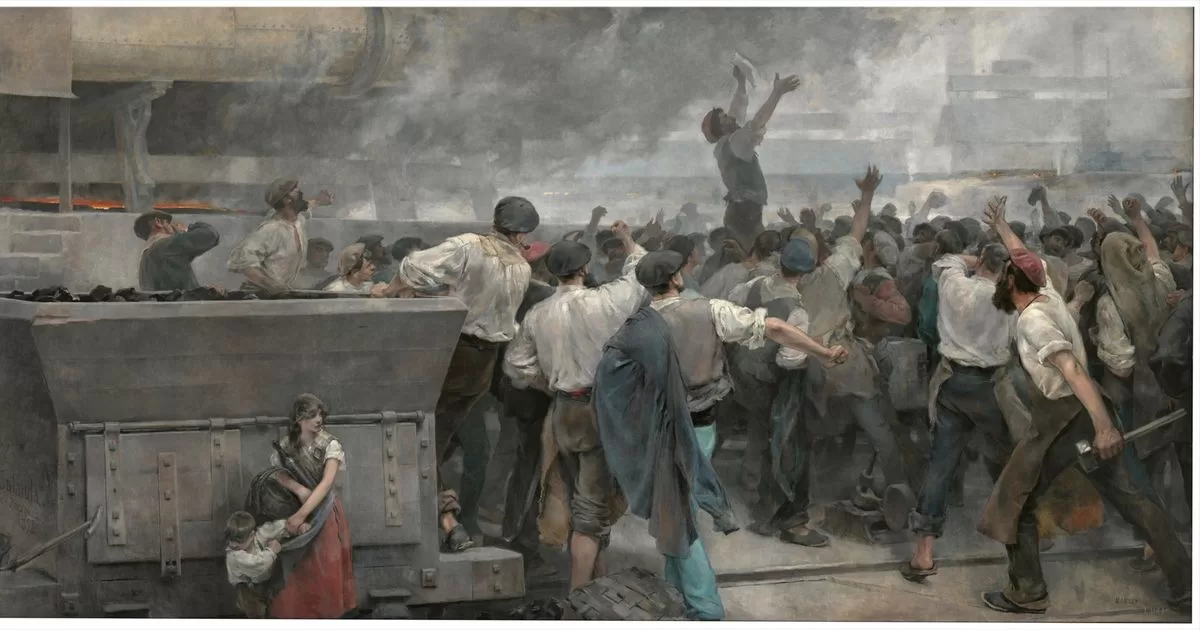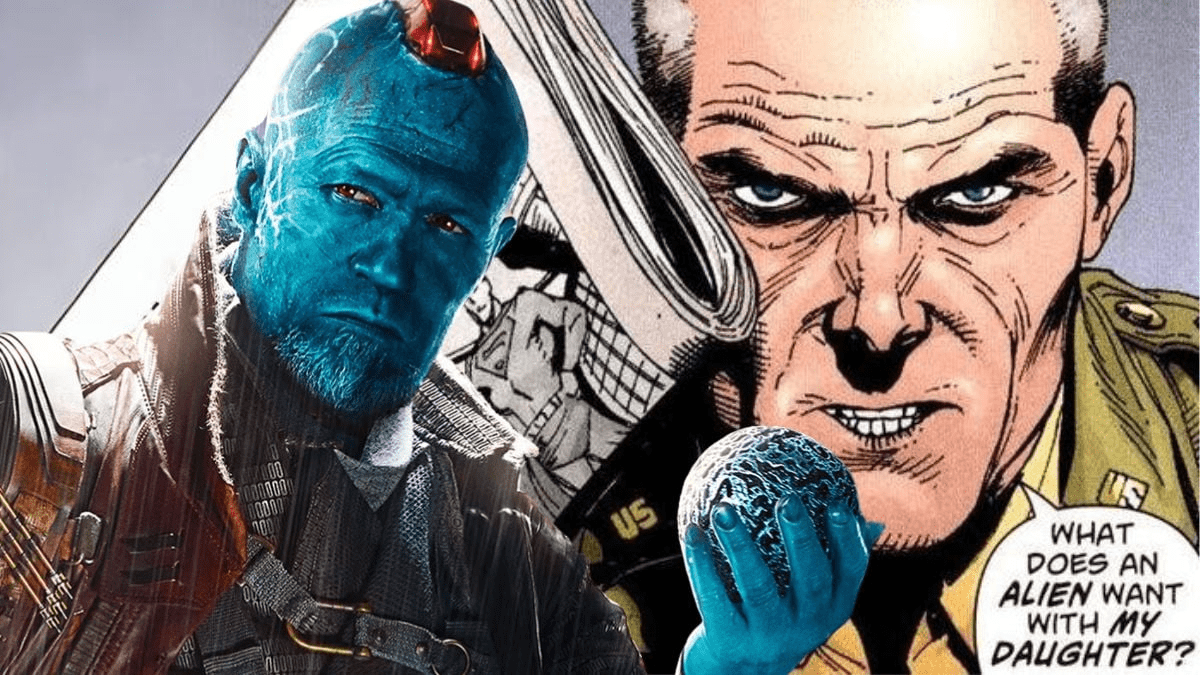MADRID.- Social art, sculpture, Zurbarn, Rubens and Polke are the main proposals of the Prado Museum for 2024, a year in which the art gallery will seek to consolidate some of its main lines of action of recent years.
In this sense, Art and social transformations in Spain (1885-1910)with the exclusive sponsorship of the BBVA Foundation and curated by Javier Barn, head of Conservation of the 19th Century Painting area, will open the museum’s exhibition program in May with an exhibition that will delve deeper into this genre for the first time in Spain. key in 19th century painting.
Through large-format works, the visitor will be invited to learn about the sensibility, demands and complaints that were palpitating in Spanish society that served as material for expression by painters such as Regoyos, Nonell, Fillol or Picasso himself.
“During the last years of the 19th century, important social transformations occurred in Spain. The deficiencies in healthcare, the repression of the two workers’ protests, gender inequality and abuse appear expressly or underlyingly in many of these works,” he explained. the museum.
The other large-format temporary exhibition, starting in November, will delve into the relationship between form and color, painting and sculpture. Shake hands. Sculpture and color in the Golden Agewhich is sponsored by the AXA Foundation and will be curated by Manuel Arias, head of the museum’s Sculpture Department, will illustrate the search for realism in 17th century Baroque art in everything that affected the envelope of the figure.
“From a hundred works, half paintings and half sculptures, it will be shown how the third dimension was the formula for divinity to be more credible, and that it only produced the desired effect when it incorporated color,” explained the Prado. .
Polke and his influence on Goya
Another of the exhibition lines drawn by the museum in recent years will be revealed in the exhibition curated by Gloria Moure that will be dedicated to Sigmar Polke, the German artist considered one of the most influential painters of the postwar period, and his relationship with Goya.
Polke/Goya (provisional title), with the sponsorship of the Friends of the Prado Museum Foundation and the collaboration of the Madrid City Council, will include objects, photographs, paintings, films and drawings in a heterogeneous group that will reveal the connection of both artists both in the themes and in the invoices.
The Villanueva building, home of the Museum’s permanent collection, will also host two temporary proposals dedicated to the great masters and ancient painting: Rubens and Zurbarn. On the one hand, Rubens’ workshopwhich will be curated by Alejandro Vergara, head of Conservation of the Flemish Painting and Northern Schools area, alludes to a way of working and also to a physical place: the workshop in Antwerp where the painter made his paintings.
The exhibition, which will have the collaboration of the Community of Madrid, will include a staging of said workshop, made up of easels, canvases, paints, brushes, palettes, tientos and other materials and objects (some from the 17th century, others modern recreations). ), as well as books, antique busts and other elements that will evoke Rubens’ collection and interests.
Zurbarn and The Prado in feminine
Likewise, from March to June, the Prado Museum will have the Still life with lemons, oranges and a roseby Francisco de Zurbarn, from the Norton Simon Museum in California as a guest work, an exhibition project sponsored, for more than a decade, by the Friends of the Prado Museum Foundation.
This is the only signed and dated still life by this author, which has been recognized on multiple occasions as one of the capital works in the history of this genre in Europe. The discovery of him in the 1920s made it possible to advance from a secure base in the process of reconstructing the painter’s catalog in this field, in which he gave evidence of great originality and mastery.
Finally, in its spirit of continuing to offer new readings from the permanent collection, the Museum will present the second part of The Prado in feminineby Noelia García Pérez, professor of Art History at the University of Murcia, to advance the chronology and focus on new protagonists, whose lives are framed between the figures of queens Isabel de Borbón and Mariana de Neoburgo (1602-1700).
FUENTE: Europa Press



